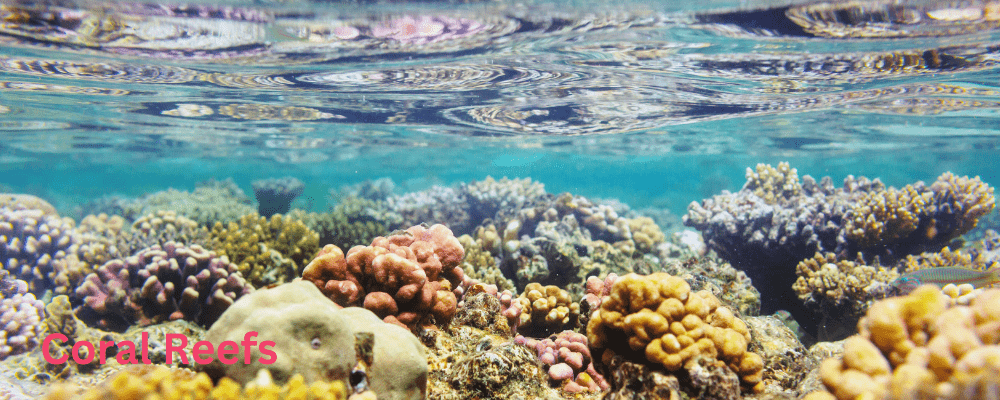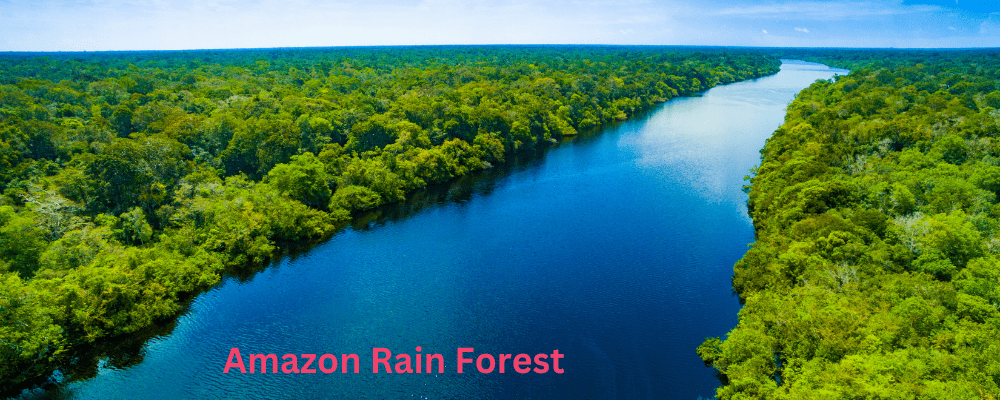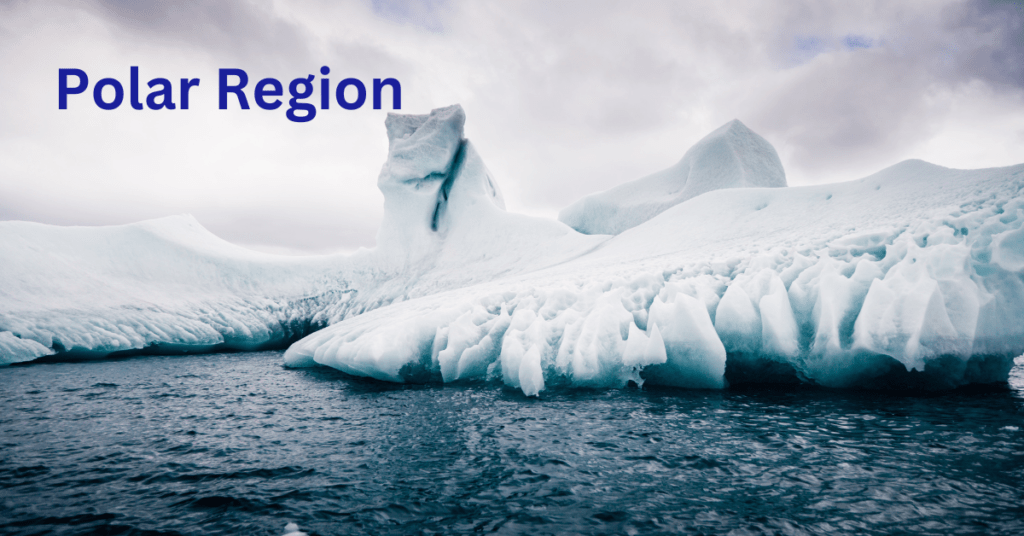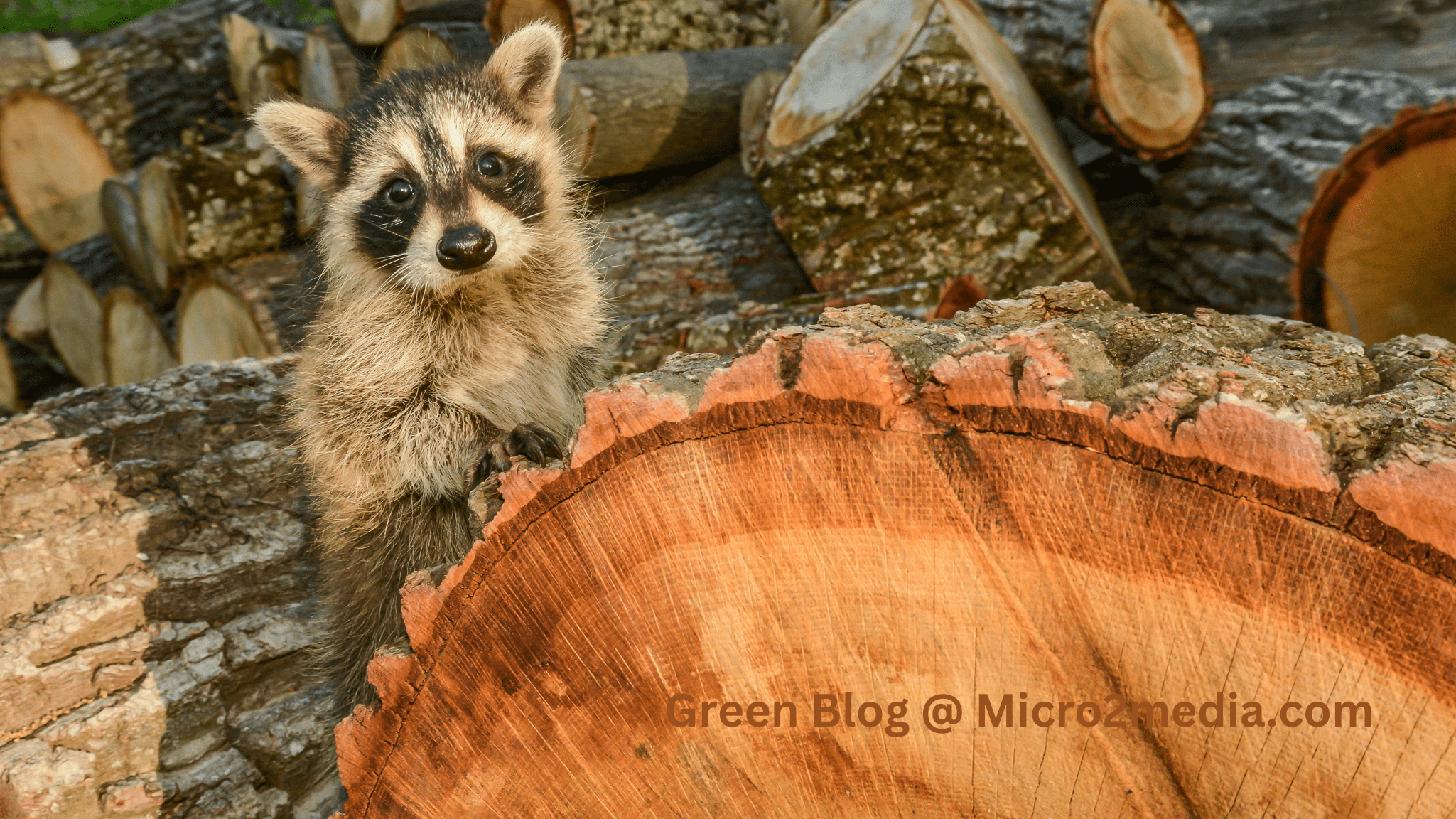Introduction
The natural world is facing an unprecedented crisis. Climate change, driven by human activities, is causing irreparable harm to the very fabric of our planet’s ecosystems. The consequences of this destruction are far-reaching and devastating, with biodiversity loss and ecosystem disruption being two of the most critical issues of our time.
Biodiversity, the variety of life on Earth, is the foundation of our planet’s health and resilience. It is the web of life that sustains us, providing essential services such as clean air and water, soil formation, and the regulation of climate and weather patterns. However, human activities such as deforestation, pollution, and overexploitation of resources are pushing species to the brink of extinction at an alarming rate.
Ecosystems, the intricate networks of relationships between living organisms and their environment, are also under threat. Climate change is disrupting the delicate balance of these systems, causing shifts in temperature and precipitation patterns, and altering the distribution and abundance of species. The consequences of these disruptions are far-reaching, with impacts on food security, human health, and the economy.
In this chapter, we will explore the devastating impact of climate change on biodiversity and ecosystems. We will examine the current state of biodiversity loss and ecosystem disruption, and discuss the consequences of these changes. We will also highlight case studies from around the world, demonstrating the real-world impacts of climate change on ecosystems and the species that depend on them. Finally, we will discuss solutions and actions that can be taken to mitigate the effects of climate change and protect the natural world.
The loss of biodiversity and ecosystem disruption are not just environmental issues; they are human issues. The health of our planet and its inhabitants is inextricably linked, and the consequences of our actions will be felt for generations to come. It is imperative that we take immediate and collective action to address the crisis facing our planet. The future of our world depends on it.
II. Biodiversity Loss
Biodiversity, the variety of life on Earth, is the foundation of our planet’s health and resilience. It is the web of life that sustains us, providing essential services such as clean air and water, soil formation, and the regulation of climate and weather patterns. However, human activities such as deforestation, pollution, and overexploitation of resources are pushing species to the brink of extinction at an alarming rate.
The current rate of species extinction is estimated to be 100 to 1,000 times higher than the natural rate of extinction. This means that species are disappearing at a rate that is unprecedented in the history of life on Earth. The most recent report from the Intergovernmental Science-Policy Platform on Biodiversity and Ecosystem Services (IPBES) estimates that up to 1 million species are facing extinction due to human activities.
The loss of biodiversity has severe consequences for ecosystems and human societies. When species disappear, the ecosystems they inhabit are disrupted, leading to a cascade of effects throughout the entire ecosystem. This can lead to the loss of essential services such as pollination, pest control, and nutrient cycling, which are crucial for food security and human well-being.
Furthermore, biodiversity loss has significant economic consequences. The value of ecosystem services is estimated to be around $33 trillion per year, which is approximately 40% of the global economy. The loss of these services can have devastating impacts on local communities and national economies.
Climate change is exacerbating the loss of biodiversity by altering the distribution and abundance of species, disrupting the delicate balance of ecosystems, and pushing species to the brink of extinction. Rising temperatures, changing precipitation patterns, and increased frequency of extreme weather events are all contributing to the decline of species and ecosystems.
The consequences of biodiversity loss are far-reaching and devastating. The loss of pollinators such as bees and butterflies threatens food security, while the decline of coral reefs and ocean ecosystems has significant implications for the livelihoods of millions of people who depend on them for food and income.
In addition, biodiversity loss has significant implications for human health. The loss of medicinal plants and animals can limit our ability to develop new medicines and treatments, while the decline of ecosystems can increase the spread of diseases and reduce the quality of air and water.
The loss of biodiversity is a tragedy that affects us all. It is a loss of the beauty and wonder of the natural world, and a loss of the essential services that sustain us. It is imperative that we take immediate and collective action to address the crisis facing our planet and its inhabitants. The future of our world depends on it.
III. Ecosystem Disruption
Ecosystems, the intricate networks of relationships between living organisms and their environment, are facing unprecedented disruption due to climate change. Rising temperatures, changing precipitation patterns, and increased frequency of extreme weather events are altering the delicate balance of ecosystems, leading to far-reaching consequences.
A. Changes in Species Distribution and Abundance
Climate change is causing shifts in the distribution and abundance of species, leading to changes in ecosystem composition and function. Many species are moving poleward or to higher elevations in response to changing temperatures, while others are experiencing population declines or even extinction.
B. Disruption of Food Webs
Changes in species distribution and abundance are disrupting food webs, leading to cascading effects throughout entire ecosystems. Predators are struggling to adapt to changes in prey populations, while herbivores are facing new challenges in finding suitable food sources.
C. Alteration of Ecosystem Processes
Climate change is altering essential ecosystem processes such as nutrient cycling, decomposition, and primary production. These changes can have significant impacts on ecosystem resilience and function, leading to declines in ecosystem services.
D. Increased Risk of Invasive Species
Climate change is creating opportunities for invasive species to establish themselves in new areas, leading to significant ecological and economic impacts. Invasive species can outcompete native species for resources, alter ecosystem processes, and even drive native species to extinction.
E. Loss of Ecosystem Services
Ecosystem disruption is leading to declines in essential ecosystem services such as clean air and water, soil formation, and climate regulation. These services are crucial for human well-being and economic development.
The consequences of ecosystem disruption are far-reaching and devastating. Changes in ecosystem composition and function can lead to declines in biodiversity, ecosystem resilience, and ecosystem services. It is imperative that we take immediate and collective action to address the crisis facing our planet and its inhabitants. The future of our world depends on it.
IV. Case Studies
A. Coral Reefs
Coral reefs are one of the most diverse and valuable ecosystems on the planet, providing habitat for over 25% of marine species and supporting the livelihoods of millions of people. However, coral reefs are facing unprecedented threats from climate change, including rising sea temperatures, ocean acidification, and increased frequency of extreme weather events.

B. Amazon Rainforest
The Amazon rainforest is the largest tropical rainforest in the world, providing habitat for over 10% of all known plant and animal species and playing a critical role in regulating the global climate. However, the Amazon is facing significant threats from deforestation, land degradation, and climate change, which could have devastating impacts on biodiversity and ecosystem services.

C. Polar Regions
The polar regions are experiencing some of the most rapid and severe impacts of climate change, including melting of sea ice, thawing of permafrost, and changes in ocean circulation and temperature. These changes are having significant impacts on polar ecosystems and the species that depend on them, including polar bears, penguins, and seals.

D. Mountain Ecosystems
Mountain ecosystems are facing significant threats from climate change, including changes in temperature and precipitation patterns, increased frequency of extreme weather events, and altered distribution of species. These changes are having significant impacts on biodiversity, ecosystem services, and human livelihoods in mountain regions.
E. Agricultural Ecosystems
Agricultural ecosystems are facing significant threats from climate change, including changes in temperature and precipitation patterns, increased frequency of extreme weather events, and altered distribution of pests and diseases. These changes are having significant impacts on food security, ecosystem services, and human livelihoods in agricultural regions.
These case studies demonstrate the far-reaching and devastating impacts of climate change on ecosystems and biodiversity. It is imperative that we take immediate and collective action to address the crisis facing our planet and its inhabitants. The future of our world depends on it.
V. Consequences of Biodiversity Loss and Ecosystem Disruption
A. Loss of Ecosystem Services
Biodiversity loss and ecosystem disruption can lead to declines in essential ecosystem services such as:
- Clean air and water
- Soil formation and nutrient cycling
- Climate regulation
- Pollination and pest control
- Medicinal plants and animals
B. Decreased Food Security
Biodiversity loss and ecosystem disruption can lead to:
- Decreased crop yields and quality
- Loss of genetic diversity in crops and livestock
- Increased vulnerability to pests and diseases
- Decreased access to nutritious food
C. Negative Impacts on Human Health
Biodiversity loss and ecosystem disruption can lead to:
- Increased spread of diseases
- Decreased access to medicinal plants and animals
- Decreased air and water quality
- Increased mental health impacts
D. Economic Consequences
Biodiversity loss and ecosystem disruption can lead to:
- Decreased economic productivity
- Increased costs for healthcare and environmental remediation
- Decreased tourism and recreation opportunities
- Decreased cultural and spiritual values
E. Social and Cultural Impacts
Biodiversity loss and ecosystem disruption can lead to:
- Decreased cultural and spiritual values
- Increased displacement and migration of communities
- Decreased social cohesion and community stability
- Decreased human well-being and quality of life
The consequences of biodiversity loss and ecosystem disruption are far-reaching and devastating. It is imperative that we take immediate and collective action to address the crisis facing our planet and its inhabitants. The future of our world depends on it.
VI. Solutions and Actions
A. Conservation Efforts
- Protected areas (national parks, wildlife reserves)
- Species conservation programs (endangered species lists, breeding programs)
- Habitat restoration and rehabilitation
B. Sustainable Land Use Practices
- Agroforestry and permaculture
- Sustainable agriculture and livestock production
- Urban planning and green infrastructure
C. Climate Change Mitigation and Adaptation
- Reduce greenhouse gas emissions (transition to renewable energy, energy efficiency)
- Adapt to climate change (sea walls, drought-resistant crops)
D. International Cooperation and Agreements
- United Nations Convention on Biological Diversity (CBD)
- Paris Agreement on climate change
- International Union for Conservation of Nature (IUCN)
E. Education and Awareness
- Environmental education and awareness campaigns
- Community engagement and participation
- Science-based decision making and policy
F. Economic Incentives and Policy
- Ecotourism and sustainable tourism
- Green economy and sustainable development
- Environmental taxes and subsidies
G. Technological Innovation and Transfer
- Renewable energy and energy efficiency technologies
- Sustainable agriculture and land use technologies
- Environmental monitoring and management technologies
H. Community Engagement and Participation
- Local communities and indigenous peoples
- Civil society organizations and NGOs
- Government and private sector partnerships
The solutions and actions outlined above require immediate attention and collective effort from governments, civil society, the private sector, and individuals. We must work together to address the biodiversity crisis and ensure a sustainable future for all.
VII. Conclusion
The biodiversity crisis is a pressing issue that requires immediate attention and collective action. The consequences of inaction will be severe and far-reaching, with significant impacts on ecosystems, human health, and the economy. However, by working together and implementing the solutions and actions outlined in this chapter, we can mitigate the effects of biodiversity loss and ecosystem disruption, and ensure a sustainable future for all.
A. Key Takeaways
- Biodiversity loss and ecosystem disruption are critical issues that require immediate attention and collective action.
- The consequences of inaction will be severe and far-reaching, with significant impacts on ecosystems, human health, and the economy.
- Solutions and actions include conservation efforts, sustainable land use practices, climate change mitigation and adaptation, international cooperation and agreements, education and awareness, economic incentives and policy, technological innovation and transfer, and community engagement and participation.
B. Call to Action
- Governments, civil society, the private sector, and individuals must work together to address the biodiversity crisis.
- We must prioritize conservation efforts, adopt sustainable land use practices, and mitigate the effects of climate change.
- We must also raise awareness and educate others about the importance of biodiversity and ecosystems, and support policy and economic initiatives that promote sustainability.
C. Final Thoughts
The biodiversity crisis is a pressing issue that requires immediate attention and collective action. By working together and implementing the solutions and actions outlined in this chapter, we can ensure a sustainable future for all. The time to act is now.Let us join hands and strive towards a world where every species thrives, where ecosystems flourish, and where the beauty of nature is preserved for generations to come. Together, we can make a difference and protect the precious web of life that sustains us all.
Further Reading
- Environmental crisis
- Climate change
- Sustainability
- Biodiversity loss
- Ecosystem collapse
- Renewable energy
- Sustainable living
- Eco-friendly technologies
- Systemic change
- Environmental stewardship
- Planetary preservation
Explore Micro2media.com
- Our Planet, Our Responsibility: A Comprehensive Guide to Living a Sustainable Lifestyle
- Navigating the Tech Landscape: IT’s Impact on Ozone Gas Pollution
- A Root Revolution: AI Empowers Plants to Fight Climate Change
- Listening to the Land: Invasive Plants Disrupt Ecosystem Soundscapes
- Riding the Waves of Life: Unveiling the Vital Role of the Water Cycle on Our Planet
- Climate Change Threatens Carbon Storage Capacity of Boreal Forests After Wildfires: A Swedish Study
- Spear Squid: A Birth-Dictated Ballet of Brawls and Sperm – A Deep Dive
- Changing the World: The Power of NGOs in Action
- Eco-IT: The Future of Environmental Stewardship
- Climate Modification Unveiled: Balancing the Scales of Earth’s Fate
- Geoengineering Unveiled: Navigating the Pros and Cons of Earth’s Technological Fixes
- Our Disappearing World: Can We Save Enough Wildlife?
- Navigating the Future: Climate Change and the Role of International Accords
- Glaciers: The Melting Gold Mines of Sustainable Development
- Navigating Uncertainty: Revisiting the Role of Probabilities in Climate Adaptation Policy
- Our Rights and Obligations to Future Generations for the Environment
- Nano-Scale Revolution: How Lab-on-a-Chip Technology is Transforming Environmental Monitoring and Toxicity Testing
- Seagrass Meadows in Peril: Tropical Herbivores on the Move Due to Ocean Warming
- International Day of Forests: 10 Deforestation Facts You Should Know About
- Unlocking the Potential: West Africa’s Journey to Sustainable Plastic Management
- Navigating the Tides: The Impact of Ocean Warming on Subtropical Seagrass Meadows
- Planet on the Brink: UN Report Warns of Record-Breaking Heat and Climate Chaos
- Move climate action forward faster together with 2024 Climate Ambition Accelerator
- Cultivating Abundance: Scaling Up Your Urban Farm for Success
- Unveiling the Climate Crisis: Understanding the Urgency and Complexity of Climate Change
- Unprecedented Ocean Heating Raises Alarming Concerns: A Glimpse into a World 3.0°C Warmer
- Unprecedented Ocean Heating and Climate Shifts: A Call to Action for Eco-Friendly Sustainability
